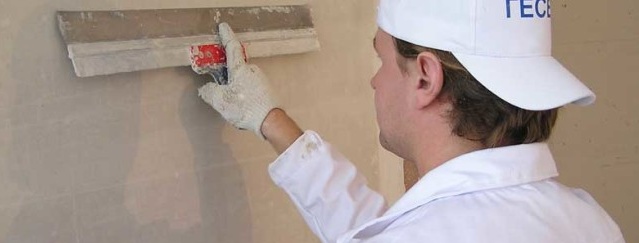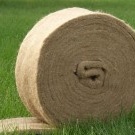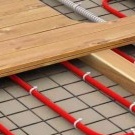Warm plaster: application, description, photo and video
In recent years, thanks to the development of new technologies, building materials are endowed with more and more new qualities. Plaster, endowed with energy-saving properties, was called - "warm plaster." This is exactly what the cement-based mixture with fillers in the form of perlite sand, pumice powder or polystyrene granules is called.
The following materials are used as fillers:
Expanded Vermiculite - A fairly light mineral aggregate with antiseptic properties. It is used both for internal and external works. The material is obtained as a result of heat treatment of vermiculite rock.
Sawdust filler - used for interior decoration, has a very good thermal insulation, but requires careful ventilation for 15 days during drying. Otherwise, a damp surface can pick up mold and fungus.
Polystyrene granules - The most popular filler is warm plaster, which also includes cement, lime and other fillers and additives. Due to its excellent characteristics, the material has proven itself both indoors and outdoors. It is used in the decoration of facades, the ceilings, the walls and in other cases when sound and heat insulation is required. In addition, it is great for decorating doorways, window slopes, risers and so on.
- excellent adhesion (high adhesion) to any wall materials without additional preparatory work;
- applied without reinforcing mesh, with the exception of special places: surface cracks, cornersexternalor internal contour;
- walls do not have to be pre-aligned;
- not afraid of rodents, insects and other pests;
Applying warm plaster
Material Consumption:
- layer thickness 25 mm = 10-14 kg / m²;
- layer thickness 50 mm = 18-25 kg / m²;
- First, the surface must be cleaned of old finishing materialsdirt and dust.
- If necessary, we apply reinforcing impregnations and strengthen them using plaster mesh or reinforcement in the right places.
- The dry mixture is placed in a container and diluted with water, then mix until smooth with a mixer. The finished mixture should be applied no later than 2-3 hours after preparation. The density should be approximately such that the plaster does not slip off the trowel when it is turned over.
- Immediately before application, the surface is wetted with water.
- The maximum applied layer should not be more than 20 mm. The next layer is recommended to be laid no earlier than after a 5-hour break. Low temperature and high humidity significantly extend the drying time of the material.
- We check the quality of work using the rule: we attach the tool to the surface from all sides and look for gaps. Allowable deviations is 3 mm per 1 m of length.
Warm plaster is most appropriate when sealing cracks, joints, doorways, window slopes. Effective as an additional insulation of internal walls. Also, the material will be indispensable in the case of basement insulation.



